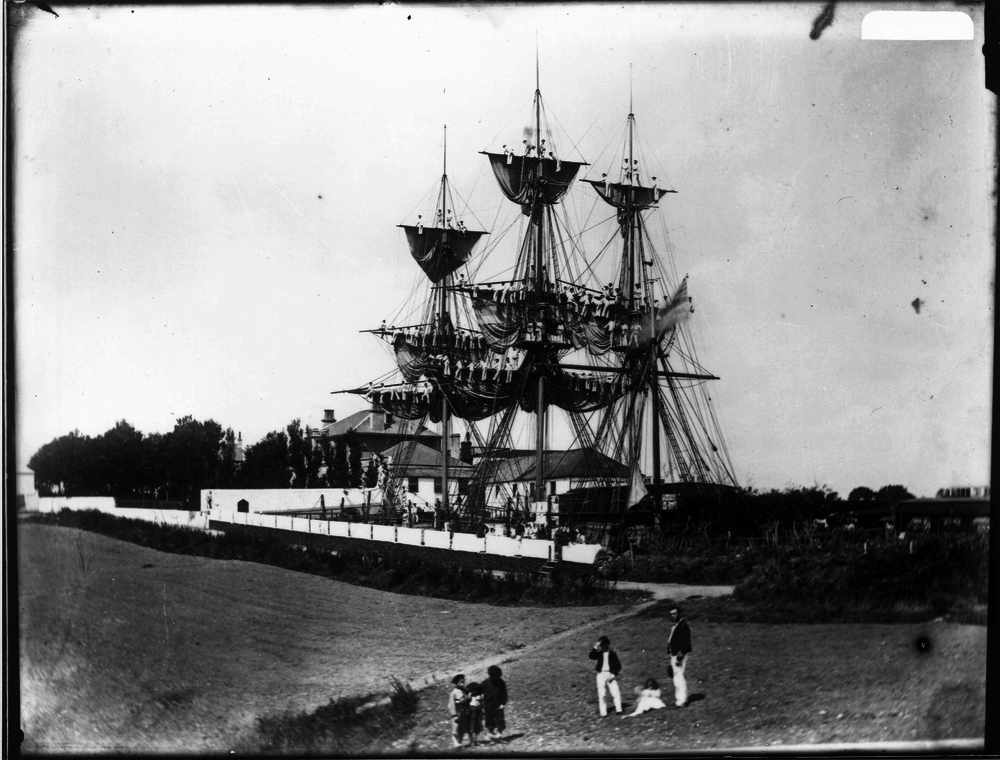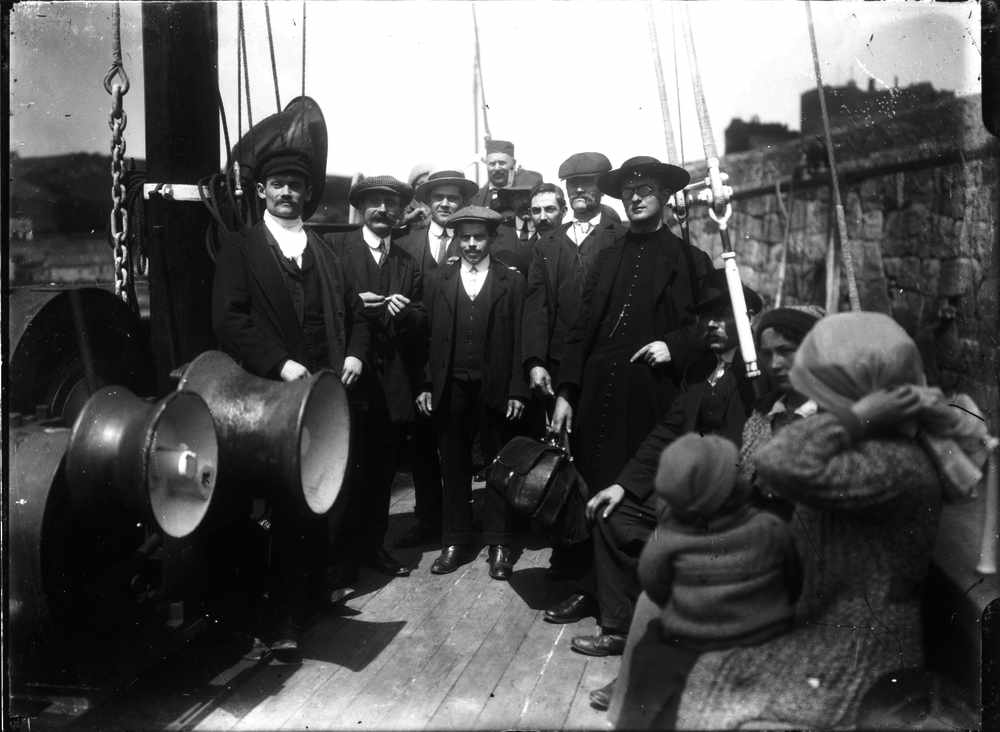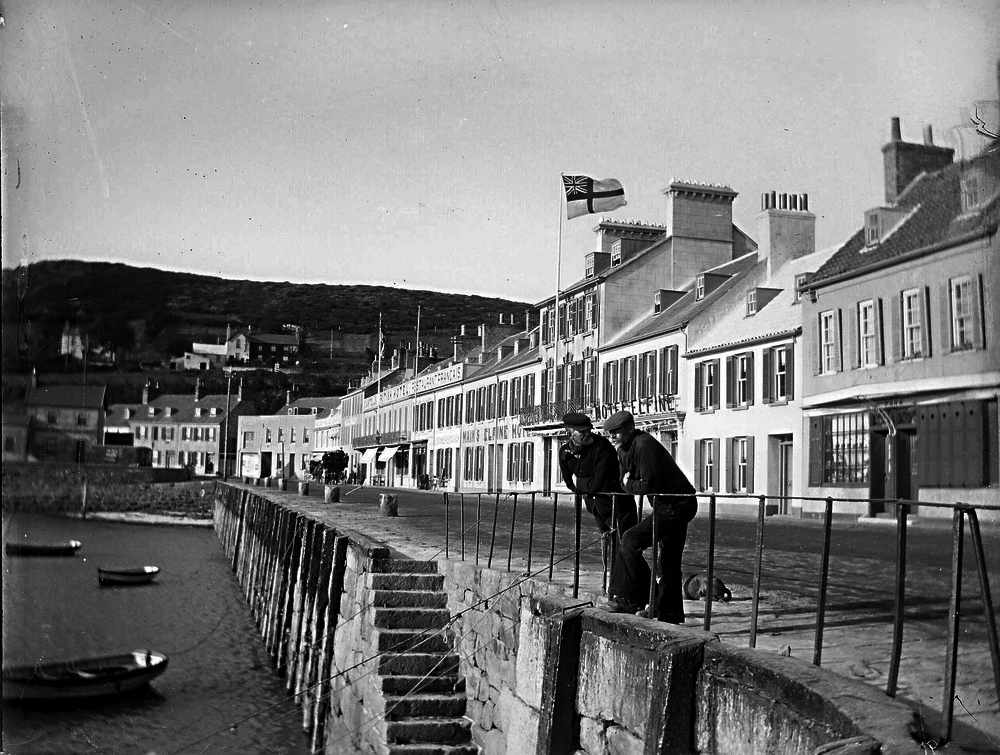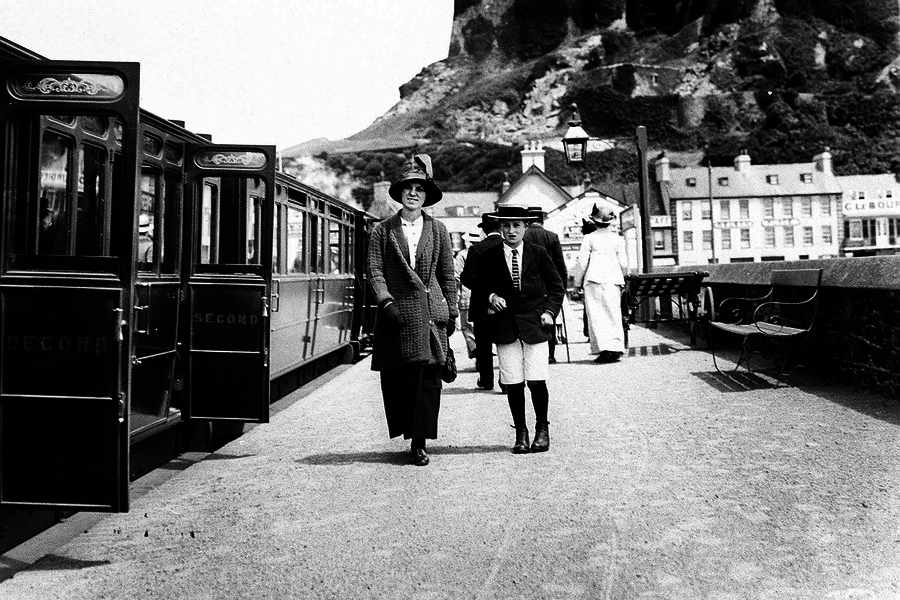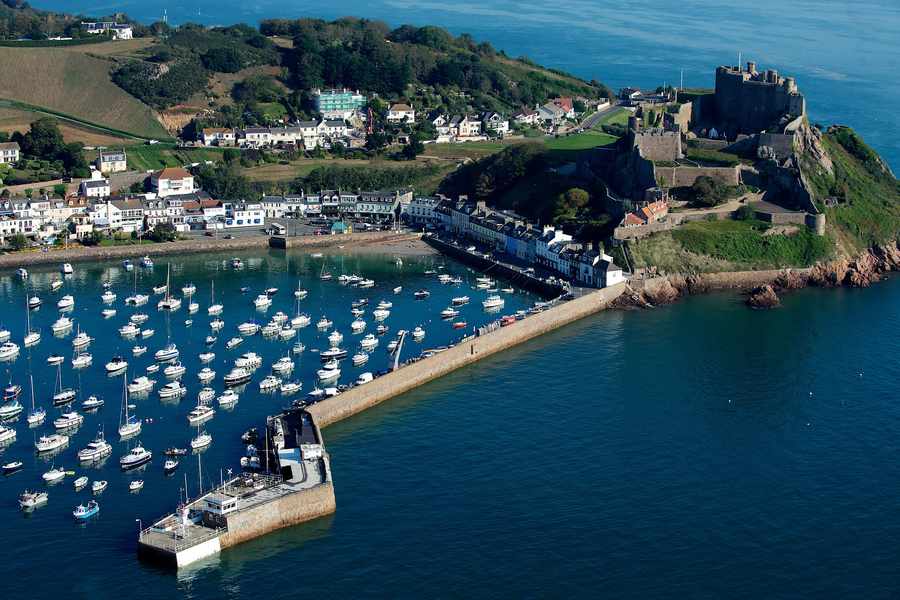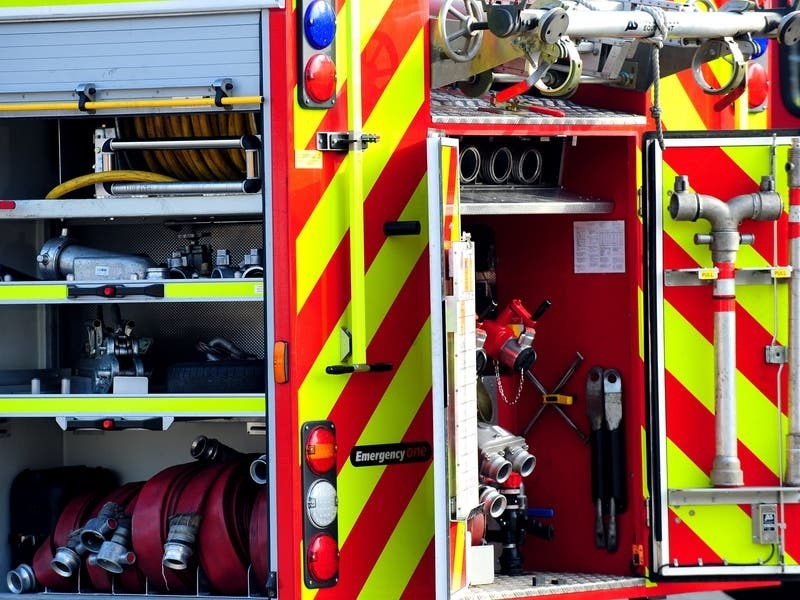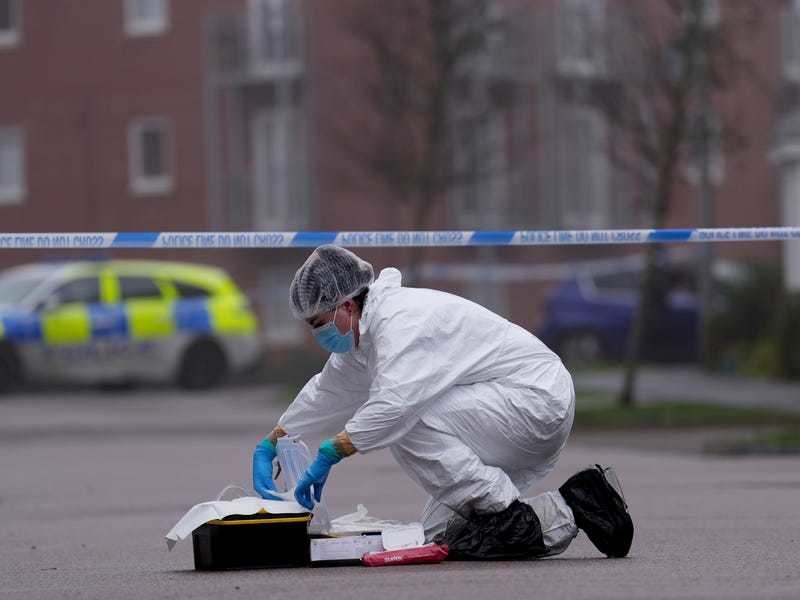Maritime historian Doug Ford continues his series celebrating Jerseys coastline with Gorey Harbour
THE first mention of a port in Gorey dates from 1274 when it was refered to, in official documents as portus Gorryk.
This doesn’t necesessarily mean that there were any structures associated with it – simply that boats were using the beach beneath the castle for loading and unloading cargo.
When Queen Elizabeth’s engineer drew his map of Jersey in 1563 he drew a large ship next to the castle but no pier and in the 1590s Paul Ivy’s report said that Mont Orgueil didn’t even have a good harbour to defend, so I think that the port of Gorey was pretty rudimentary.
In 1685 Dumaresq wrote that Gorey was the most ancient port of the Island and described the pier as ‘old and decayed’.
Even 100 years later, according to the Richmond map and George Heriot’s drawings, there were no houses or jetty at the foot of the castle.
All this changed in 1815 when, following the defeat of Napoleon, the Crown sold the land below the castle.
In August 1857 a Lady Turner wrote:
Gorey… ‘is a large straggling village, partly built along the road leading to the port, and partly between the harbour and the pier…
‘Almost every other house in the place rejoices in the denomination of inn or hotel.’
A bulwark was built to stabilise the coast and allow small boats to unload directly onto land and a small pier was built to shelter the 150 or so visiting oyster-fishing boats stationed in the port during the season.
By 1817 the work was finished at a cost of £16,000. In the following years, hotels, chandlers and houses were built.
These English boats, largely from Essex and Kent, were joined on the oyster beds by local family-owned vessels.
Hundreds of shoreworkers came from all over the Island, some walking miles every day, some camping close by, to work according to the tides as basket fillers, carriers, lifters and washers, sometimes labouring by moonlight.
The shore was a hive of activity during the season, which lasted from February to April.
In the middle of the 1830s a canning factory was set up in a house on the pier.
Increased government regulation led to more trouble and in 1838 the army and the militia, complete with four pieces of artillery, had to be called out to quell a disturbance.
Interestingly, it was the St Helier militia who were called out instead of the men from St Martin and Grouville because many of them were with the rioters!
Cannon were fired, the masters of 90 oyster boats were arrested but the only fatality was the Lieutenant-Governor, Sir Archibald Campbell. He caught a chill and died.
More violence erupted five years later when crews went on strike in a dispute with oyster merchants.
Ferries to France
By the early 1860s the oyster industry had collapsed but Gorey, by then, had already developed as an important commercial and tourist link with Normandy.
In the summer there were regular ferry sailings to Carteret and on race days extra boats were laid on from Granville.
In 1891 the railway was extended to Gorey Pier for the convenience of passengers catching the boat for France.
Through tickets from St Helier to Paris had been available since 1881 but this had previously meant walking the half a mile to the pier from the Gorey Village station.
The station building was demolished during the Occupation when the Germans built a bunker, painted to look like a bungalow, in its place.
Boat-building
The first records of a boat being built in Jersey was in 1468 here in the castle, however boatbuilding as an industry only really took off in the 19th century.
Most of the Gorey yards were further along the coast towards the Common, but John Vardon did build a few vessels just behind the castle on the beach at Petit Portlet.
Since 1976 the industry has been commemorated by an ornamental fountain which has the names of some of the vessels built in Gorey inscribed on it.
It was all done in-house by the Public Works committee of the day, designed by Cyril Warren and carved by one of the masons, L. Chataignere.
Throughout the 19th century there was a naval presence in the harbour, originally Philippe d’Auvergne’s naval squadron and then various fishery protection vessels such as HMS Mistletoe, Sylvia, Dasher, Rave, Cuckoo and Albacore.
The Naval Station finally closed down in 1904.
Royal Navy sailors were such an integral part of the Gorey Pier community that there was even an event specially for them in the annual regatta – a ‘Walrus Hunt’!
Naval training school
Between 1860 and 1875 a Naval Training School complete with full-rigged masts operated on the heights above Gorey overlooking the harbour.
Up to 150 boys per year were trained for the Royal Navy in all branches of seamanship and gunnery.
The dormitories were in what is now Seymour Farm.
Gorey Regatta
Gorey Regatta is one of the oldest regattas in the world.
Most sources give the first regatta in 1857 although others suggest it may have been five years earlier.
Racing was initially confined to working oyster dredgers and their crews, competing for prizes offered by the oyster merchants.
Racing was highly competitive and dirty tricks quite common, so crews guarded their vessels overnight before the racing.
In addition to the serious events the regatta also offered all the fun of the fair, with pillow fights on greasy poles, hunting live ducks, along with rowing and sculling races.
In 1860 there were even fast women – racing.
The Jersey Independent reported, ‘The three boats that are being entered for the ‘women’s race’ have been pulling with their fair crews; and judging from the manner, in which the women make use of their oars, a splendid race must be the result.’
Since 1954, Gorey Fête, which is held towards the end of August, has been one of the most popular summer events for both Islanders and visitors, attracting thousands each year to Gorey Pier.
